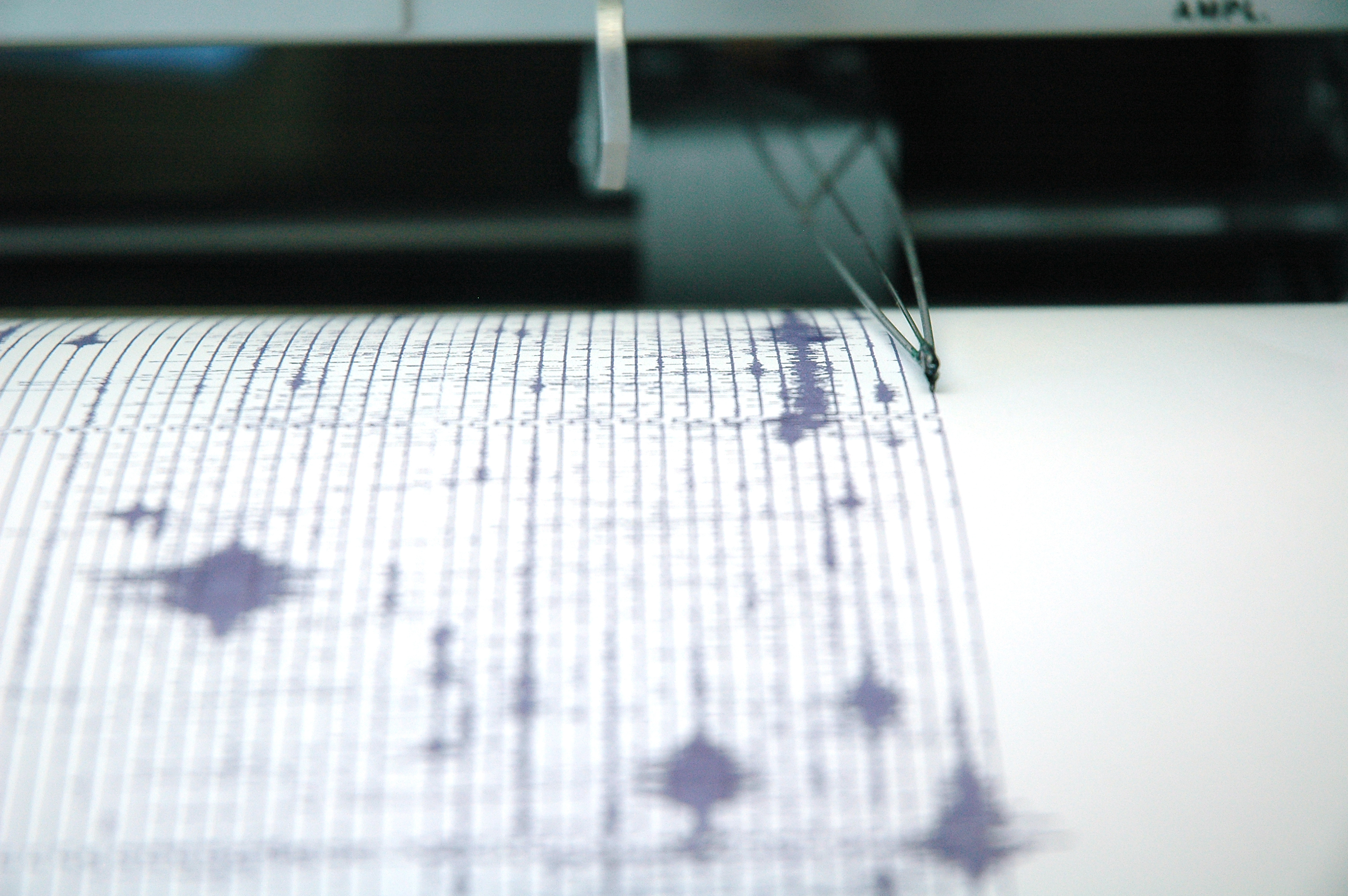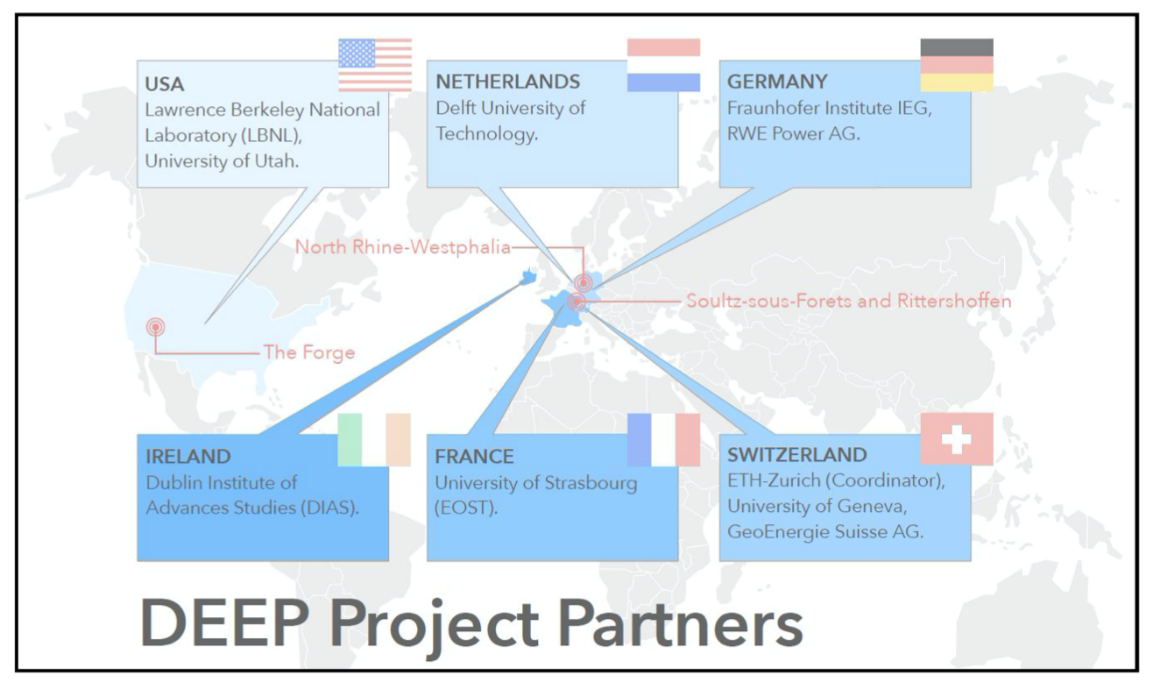DEEP aims to understand and reduce the risk of induced seismicity in deep geothermal projects. Innovative methods are being developed based on recorded seismic data to localize, characterize, and understand any seismicity that might potentially have been induced. The goal of DEEP is to provide ‘best practices’ to efficiently analyse the many small seismic events associated with induced seismicity. These small seismic events often have small amplitudes relative to the seismic noise. The amount of data collected from seismic surveys has also increased significantly in recent years. Standard analysis routines are not able to handle these large datasets and are often not suitable for small events. Instead, DEEP uses new algorithms based on numerical simulations and machine learning to correctly analyse these events in (almost) real time. DEEP brings together an excellent and interdisciplinary team of academics and practitioners from around the world with its ambitious work programme, which builds on national efforts by uniting various ongoing and planned but often fragmented initiatives into a coherent international approach working towards the end goal of limiting the risk associated with future geothermal projects around the world.
DEEP: Innovation for de-risking enhanced geothermal energy
Description of IEG’s contribution
The IEG’s contribution to DEEP consists of four parts, each requiring close collaboration with the other project partners. The first part involves installing seismic stations on the IEG campus, at a paper manufacturer in Hagen, and in the underground in-situ laboratory in Weisweiler, Aachen. These three locations have geothermal resources near the surface that provide the consortium with a dataset that allows them to test the robustness of their methods at shallow depths. Furthermore, each of the three locations differs significantly from the others in terms of geology, seismic noise, and natural tectonic seismicity. This offers a variety of different scenarios that can be used as representatives for various future geothermal projects.
In the second part, a so-called beamforming algorithm is applied to the data collected at the locations described above, as well as to data recorded at other station networks within the project. Beamforming uses the recorded noise wave field to estimate the seismic anisotropy and seismic velocities in the subsurface. The anisotropy can reveal underground structures such as faults, and knowledge of the seismic velocities makes it possible to characterize the reservoir, as well as to localize and characterize seismic events.
The third part of the project involves applying a method called Time Reverse Imaging (TRI) to recorded seismic events. TRI uses numerical wave propagation simulations to localize and characterize seismic events, which is especially useful for small events and events obscured by noise. The focus of this part of the project is to investigate the applicability of TRI in various geological and seismic settings.
The final part of the project is to analyse representative rock samples in the laboratory to characterize the host rock of the reservoir, as well as the surrounding rocks. This information will help establish an understanding the origin of induced seismicity in different geological environments.
Further Informationen
The DEEP project is funded by GEOTHERMICA for 3 years (09/2020 - 08/2023). The IEG is responsible for coordinating the German part of the project and leading the second work package of the overall project. The funding for the IEG’s part of the project is approximately €600,000. At the IEG, the project is being conducted by Claudia Finger, Erik H. Saenger, Benedikt Ahrens, and Laura Schepp.

